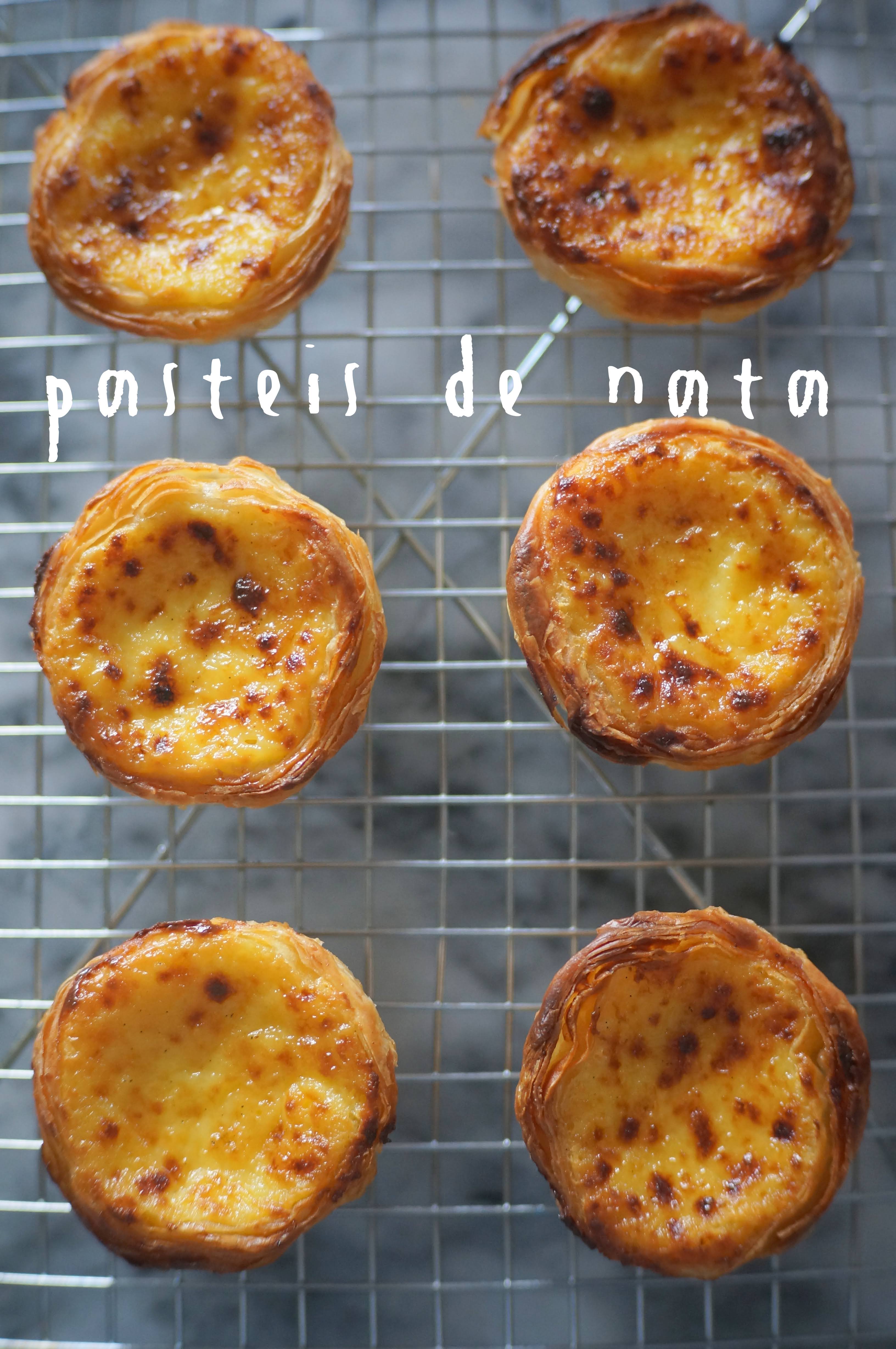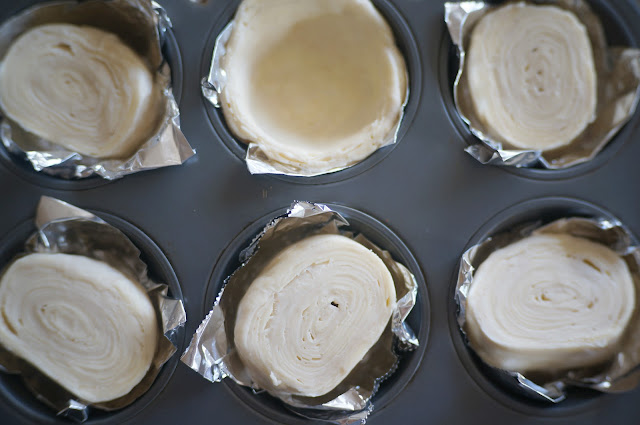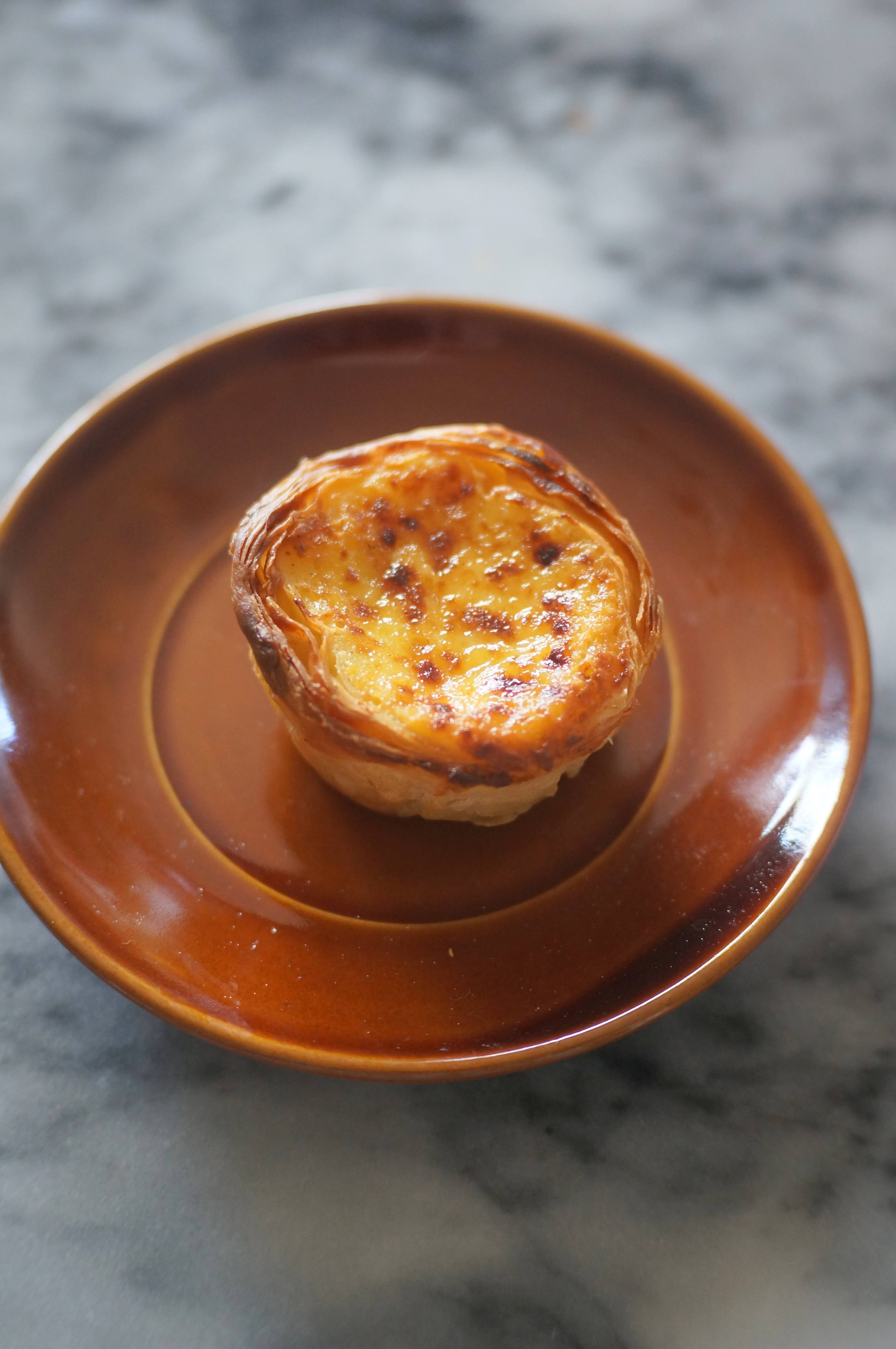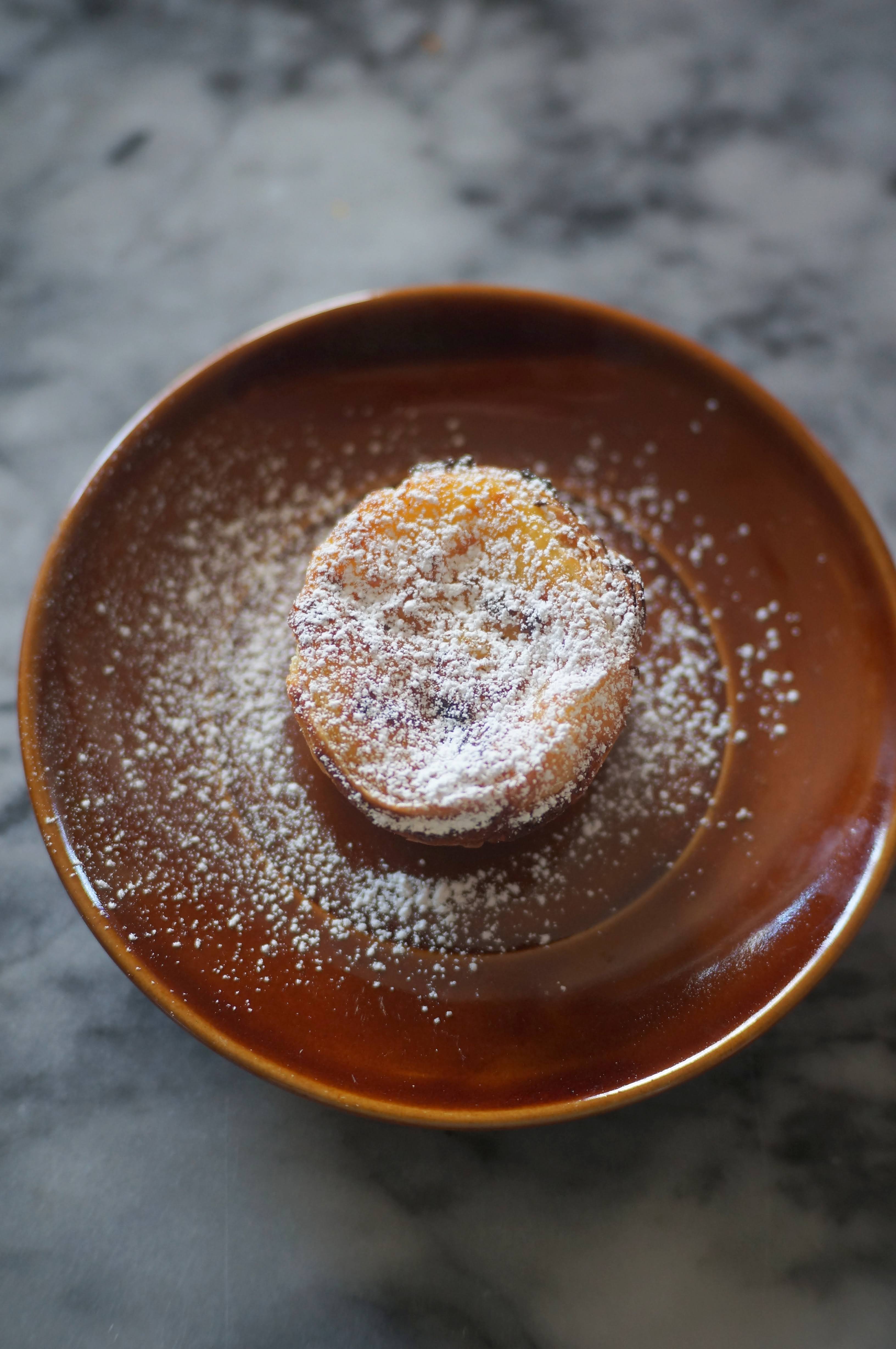Pasteis de Nata
Happy new year, everyone! I really neglected my blog last year, which is a little bit upsetting but also understandable given the circumstances and also the lifespan of this little hobby. This space is turning ten this year and as much as I love food and will continue to enjoy it and document it, the labor intensive part of this endeavor (the photographing of all the steps, testing the recipes, editing the photos, putting together a recipe card, writing the post) is feeling less fun and more like a chore so my plan is just to post when the mood strikes me. Plus, 2020 was kind of an uninspiring year for food. I really depend on my travels to introduce me to new dishes and flavors and since I didn't go anywhere, that really diminished my epicurious journey. But, I did dig into some of my favorite travels to help me out, which brings us to today's post.
When I went to Portugal a few years ago, I thought it was one of the most delicious cities I'd ever visited and it totally surprised me. I don't think Portuguese food is known for its culinary prowess in the same universally popular vibe that French and Italian cuisine have but it should be. It's got more spice and pizzazz and yet it's so simply prepared and all about fresh ingredients. I've been making piri piri pepper recipes left and right but have yet to tackle anything else from my Portugal experience until now.
One of my favorite food memories from the trip is from the bakery, Pasteis de Belem. I tried pastel de nata, an egg custard tart with a shatteringly crispy shell-like crust. While there, I learned that this recipe was born from the fact that the nuns at the convent were using loads of egg whites to starch their habits and had lots of yolks leftover and ended up making these wonderfully delicious tarts.
I came up with this version by combining a few different recipes and techniques. I used a pasta maker to make the shell (inspired by Lady & Pups) but unlike Mandy, I stuck to a more traditional Portuguese custard to try and revive my memories of walking around the hilly streets of Lisbon. Food is the ultimate way to conjure up nostalgia.
Ingredients [yields 6 to 8 tarts]:
crust
1 cup flour
pinch salt
½ cup water
½ cup butter, room temperature
custard
4½ teaspoons flour
2 tablespoons heavy cream
½ cup whole milk
½ vanilla bean, scraped
¼ teaspoon salt
½ cup sugar
6 tablespoons water
small cinnamon stick
3 egg yolks
+ icing sugar
+ ground cinnamon
Meanwhile, whisk together the flour and heavy cream until completely smooth. There shouldn't be any lumps. Once the milk is hot, whisk it into the flour and cream.
While you're still waiting for the sugar syrup to come to temp, separate the eggs.
Slowly drizzle the sugar syrup into the milk mixture. Then, slowly mix the milk mixture into the yolks. Start with just a bit of the milk to temper the yolks and then mix in the rest.
Strain the custard base to get rid of the cinnamon sticks and vanilla bean pod and then set the custard aside to cool completely.
Back to the crust now. This technique is easier than laminating and folding the dough because it doesn't need as much flour and it's less labor intensive since rolling by hand can be rather difficult. Roll the dough out with a pasta machine to a v. thin setting (I went to a #7 which is 2 notches short of the thinnest setting).
Spread a v. thin layer of butter over each sheet of dough. One by one, roll the dough into a log, adding another sheet to the outside until you've used up all the dough. Shape into a uniform log, wrap in plastic, and then chill in the fridge for one hour.
Divide the dough into 6 or 8 pieces and then press the dough into mini pie tins. I didn't want to put my muffin tin into the oven because it's teflon-coated and I didn't think it would be safe to heat it to 500F so I molded aluminum foil in the muffin tin and then pressed the dough inside the foil.
Use your thumb to press down into the dough and then press it up the sides. It should be thinner on the bottom compared to the sides. Once all the tart shells are formed, chill in the fridge for an hour. Chilling will allow the butter to completely set so that it helps to maintain the lamination in the dough. While the tart shells are chilling, preheat the oven to 500F.
Pour the cooled custard into the chilled pastry shells and bake in a 500F oven for 18 to 20 minutes or until there's some leopard spotting happening on the top of the custard. In Lisbon at Pasteis de Belem, I believe they bake their tarts in an 800F oven; unfortunately, most home ovens max out at 500F but fortunately, that's hot enough to get the job done. If you're looking for a little more color, you can always pop the tarts under a broiler for a few minutes.
The custard will look a little poofed up but will settle again once it cools.
You should be able to see the distinct layers from the fake-but-still-kind-of-real lamination of the pastry.
These tart shells completely shatter. They're so crunchy and crispy and buttery and delicious. The custard is smooth and rich and sweet and makes such a lovely textural component to the crust. It's a pretty perfect dessert or breakfast or snack. They don't really keep well and are best enjoyed within a day or two of baking, hence why I'm preferential to making a small batch. However, this recipe can surely be doubled if you want to share.
Sprinkle with a little powdered sugar, if you're so inclined. In Lisbon, they also handed out packets of ground cinnamon as well.


































Comments
Post a Comment
I'd love to hear what you have to say!